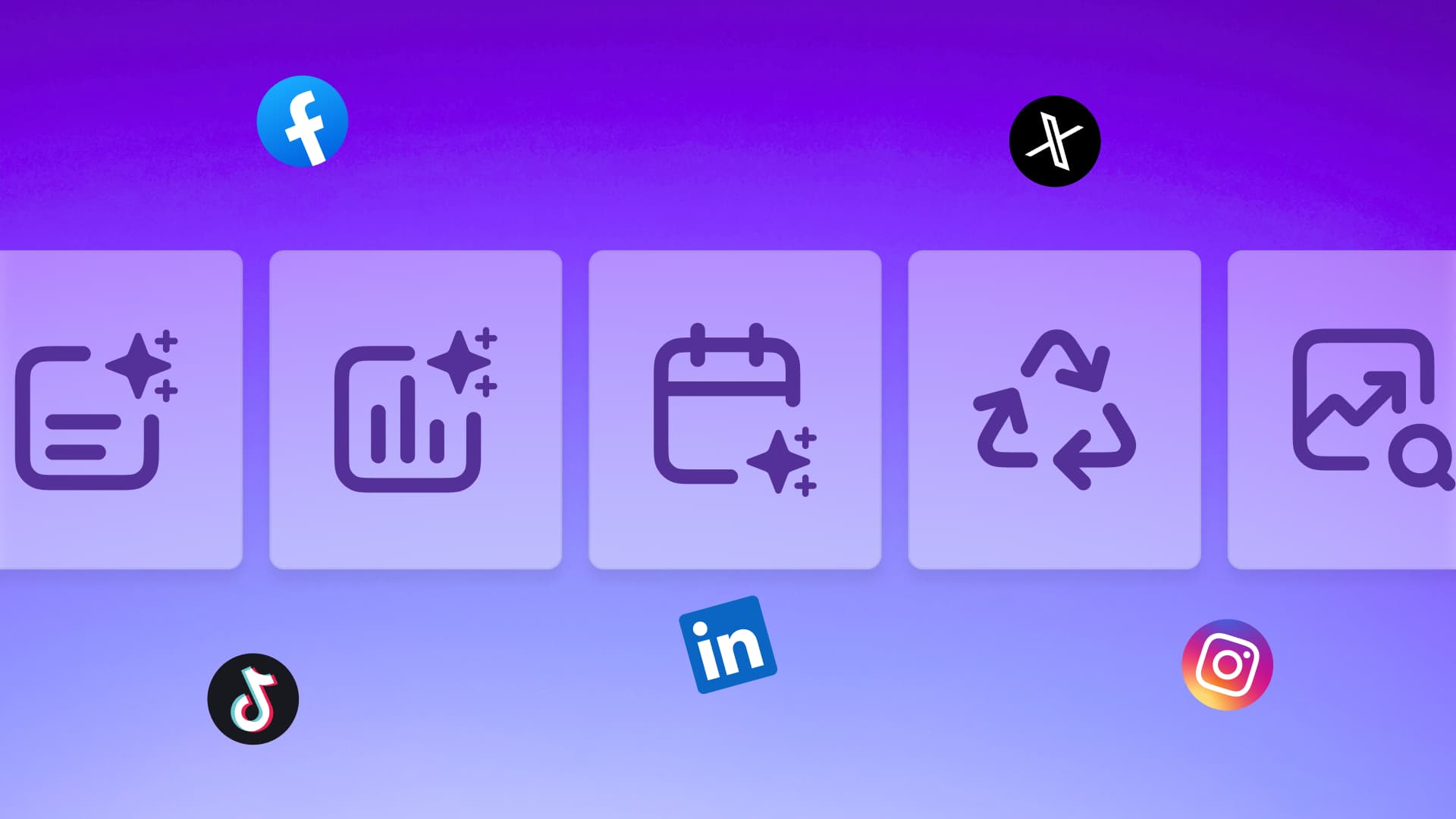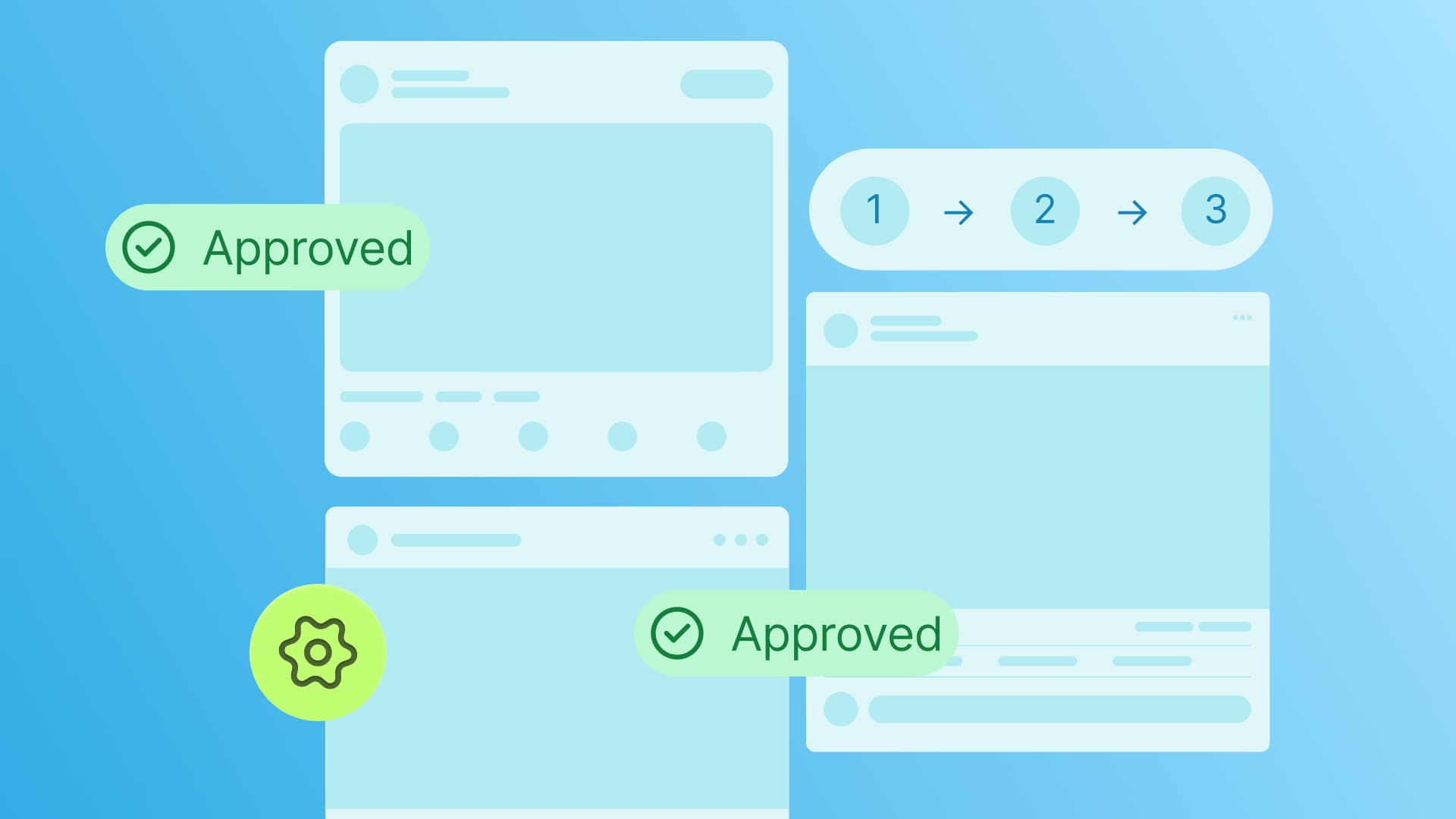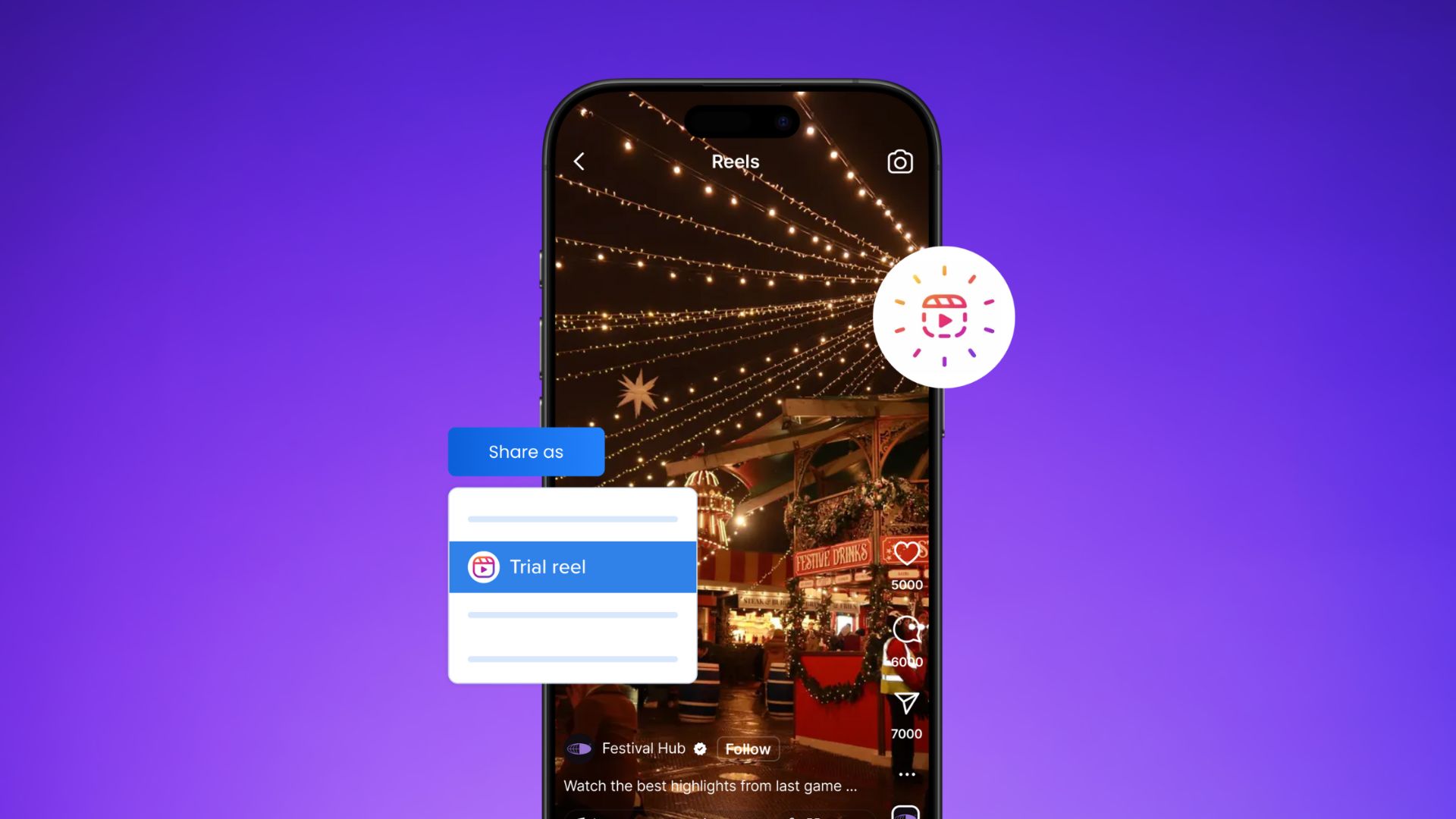New
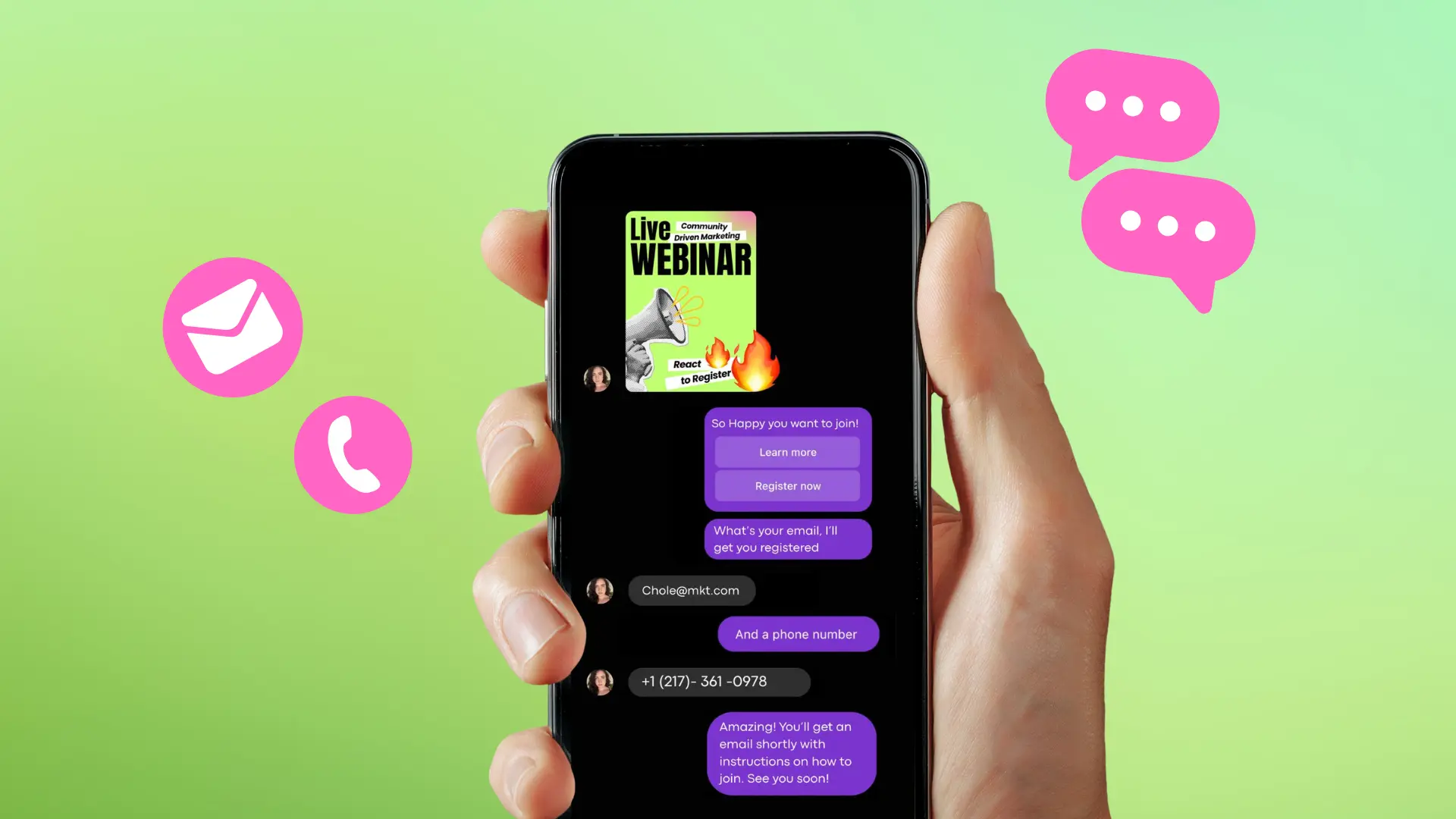
Turn Your DMs Into Lead Gen!
Learn how to collect lead data from your DMs such as email addresses, phone numbers, and more right from your social inbox. If you are not yet automating your DMs your competitors are outpacing you.

How Something Social Saved 75% of Their Time and Increased Revenue by 15%
See how a fast-growing agency improved operations, cut down hours of manual work, and unlocked new revenue opportunities with Vista Social.
New
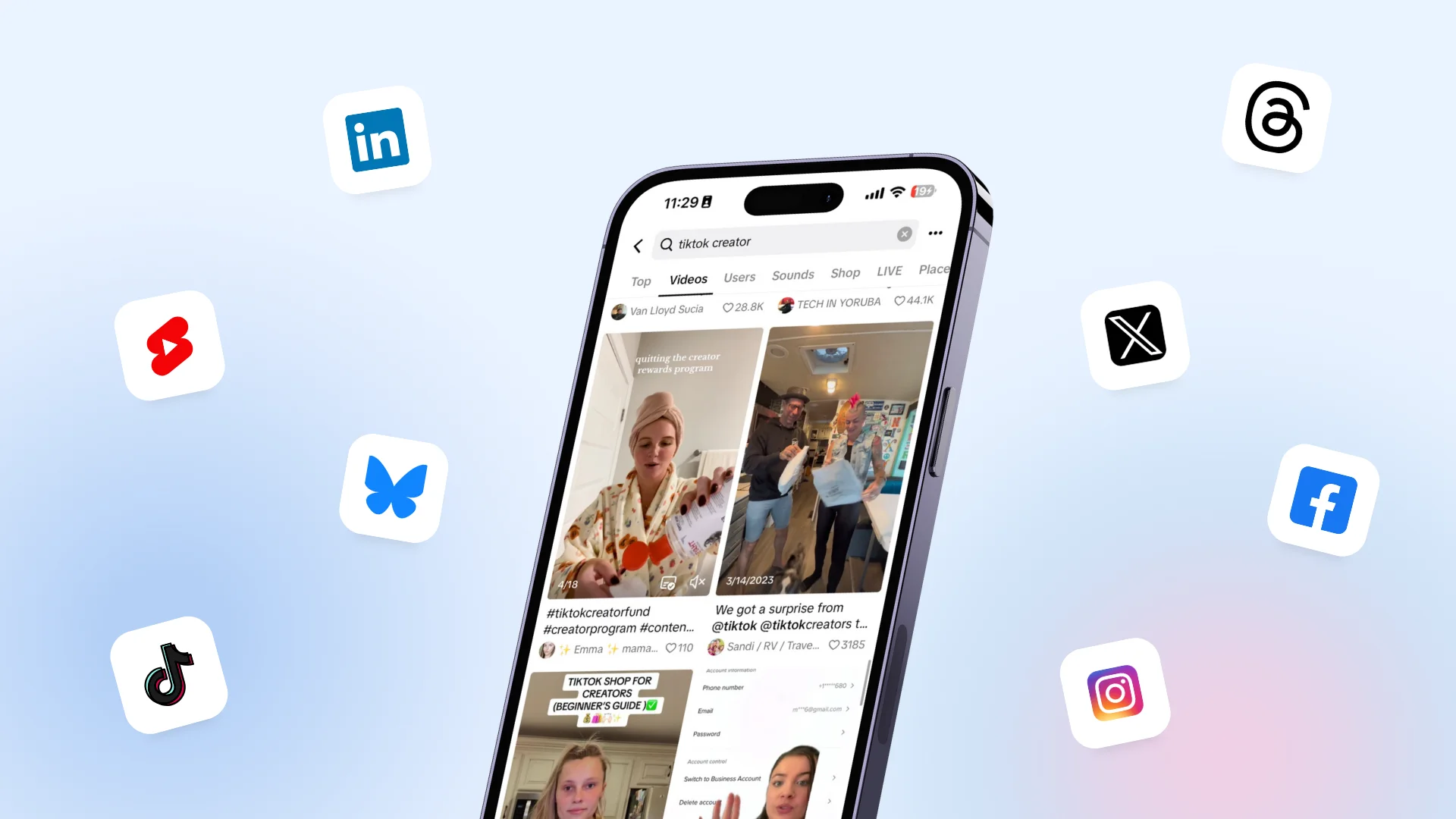
50 Unique Social Media Ideas for Consistent Content Creation
Discover 50 unique social media post ideas to engage your audience, grow your brand, and maintain a consistent content strategy with ease!
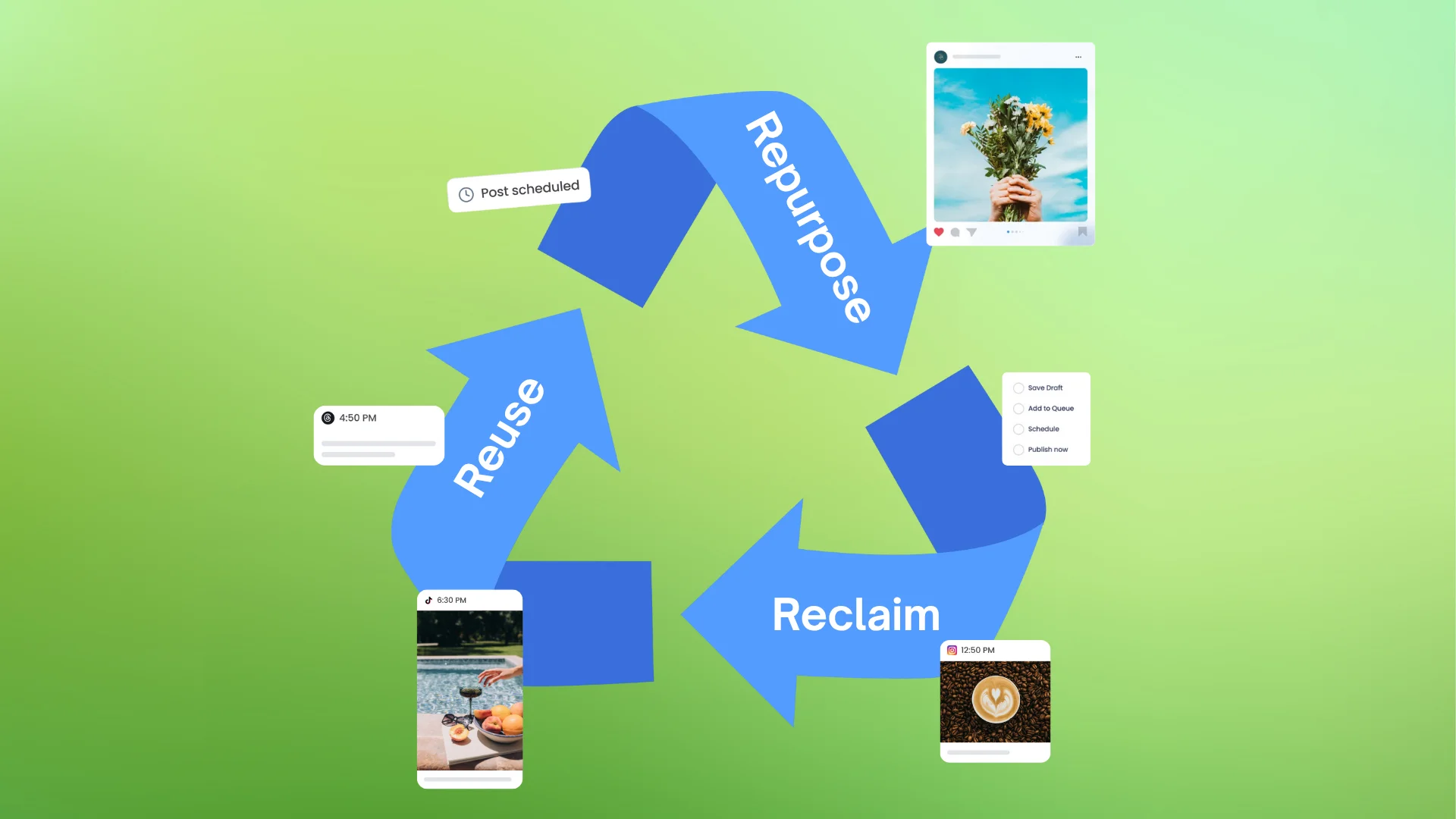
Mastering Content Reuse: The Key to a Consistent and Sustainable Posting Strategy
Published on November 8, 2024
10 min to read
8 Tips to Master LinkedIn Employee Advocacy for Success
Summarize with AI


Table of Content

In 2024, LinkedIn Employee Advocacy is your brand’s secret weapon for cutting through the noise and making connections that count.
Imagine your team sharing powerful, authentic stories that reach beyond your company page, creating a wave of trust and influence across LinkedIn.
When employees become champions for your brand, it’s not just about expanding reach; it’s about turning your message into a movement that catches attention, sparks conversation, and sets your brand apart.
This guide reveals exactly how to ignite an employee advocacy program that brings your brand to life on LinkedIn. From creating an irresistible LinkedIn company page to arming your team with the right tools and tracking their success.
We’ll show you how to make LinkedIn a powerhouse for growth and connection, fueled by the voices of your own people!
Table of contents
Polish Your LinkedIn Company Page
Creating an engaging, up-to-date, and visually appealing LinkedIn profile is essential, as it serves as the central hub for employees to share content and advocate for the brand. Here’s what to focus on to make your company’s LinkedIn profile stand out:
- Profile and Cover Photos: Use high-quality images that reflect your brand identity, including a professional logo as the profile picture and a cover photo showcasing your brand message or values.
- Compelling Tagline: Craft a memorable and clear tagline that captures the essence of what your company does and its unique value.
- About Section: Write a concise, engaging LinkedIn summary highlighting your mission, values, services, and what sets your brand apart.
- Featured Content: Pin important posts or updates to your profile to keep key content visible and engaging for visitors.
- Customized Call to Action: Add a call-to-action button (e.g., “Visit Website,” “Contact Us”) that aligns with your business goals.
- Showcase Pages: Create dedicated pages for different aspects of your business or key product lines to give followers a deeper look into specific areas.
- Relevant Hashtags: Add industry-related hashtags to increase profile visibility and connect with the right audience.
- Consistent Branding: Use a cohesive color scheme, tone, and style that aligns with your brand across visuals and written content.
- Updated Job Listings: Post current job opportunities to attract top talent and make it easy for followers to explore open positions.
- Engaging Media and Content: Include rich media like images, videos, and documents in posts to create a visually appealing and dynamic profile.
A polished LinkedIn company page doesn’t just attract attention—it also sets the foundation for effective employee advocacy.
Understand the Goals of Employee Advocacy
Before launching an employee advocacy program, it’s essential to clearly define your objectives. Knowing what you want to achieve allows you to create a focused and effective strategy that aligns with your broader brand and marketing goals.
Determine the core objectives for your advocacy program. Common goals include:
- Brand Awareness: Increasing the visibility of your brand across LinkedIn and reaching new audiences.
- Lead Generation: Driving potential clients or partners to your company’s website or services.
- Thought Leadership: Establishing your company as a leader in the industry by sharing expert insights, articles, and innovations.
Key Questions for Defining Goals:
- What audience segments are we trying to reach on LinkedIn?
- How do we want our brand to be perceived, and what image should employees convey?
- What specific outcomes do we want to achieve through employee advocacy (e.g., more website visits, engagement, or shares)?
- Which metrics will best measure the success of each goal?
Make sure that your employee advocacy goals complement your existing brand and marketing strategy. For example, if your marketing goal is to improve lead generation, focus your advocacy content on sharing insightful resources that attract potential clients. When employee advocacy aligns seamlessly with broader goals, it strengthens the impact of all your efforts across LinkedIn and beyond.
[Must Read: What is Employee Advocacy and Its Impact on Business]
Equip Your Employees with Brand Knowledge
Providing employees with a solid foundation of brand knowledge is essential for successful LinkedIn employee advocacy. With clear resources, training, and an onboarding toolkit, your team can confidently represent your brand and engage authentically with their LinkedIn networks.
Offer Essential Resources:
- Brand Guidelines: A guide on brand tone, visual elements, logos, and approved colors, so employees maintain a consistent look and feel.
- Messaging Templates: Pre-written templates for common posts, such as company updates, job announcements, and thought leadership content.
- Content Guidelines: Tips on creating engaging posts, preferred content types, and approved topics to cover.
Essential Knowledge for Employees:
- Core Brand Values and Mission: Clear understanding of what the brand stands for and its primary goals.
- Target Audience: Insights into who the brand aims to reach and the audience’s interests.
- Product or Service Basics: Key details about what the company offers and how it stands out from competitors.
- Do’s and Don’ts of Posting: Best practices for posting on LinkedIn, including professional tone, approved hashtags, and sensitive topics to avoid.
- Engagement Tips: Guidance on how to interact with comments, answer questions, and handle constructive feedback.
- LinkedIn Algorithm Basics: A primer on how LinkedIn’s algorithm prioritizes content, such as the benefits of hashtags, timing, and post types.
Create an Onboarding Toolkit for LinkedIn Advocacy:
- Develop a comprehensive toolkit that includes all of the above resources, along with checklists and step-by-step instructions for getting started with LinkedIn advocacy.
- Include sample posts, visual assets, and training videos to walk employees through the LinkedIn advocacy process.
- Schedule ongoing training sessions or Q&A sessions to ensure employees stay updated and feel confident in representing the brand.
With these tools and resources, employees can approach LinkedIn advocacy with confidence and clarity, helping to amplify your brand’s message effectively.
Develop a LinkedIn Content Strategy for Employees
To make LinkedIn advocacy impactful, it’s essential to provide employees with a clear content strategy. A well-defined strategy not only keeps content aligned with brand goals but also helps employees share posts that resonate with their networks.
Here’s how to create a strong content strategy for LinkedIn employee advocacy.
Types of Content that Resonate:
- Personal Stories and Experiences: Posts that highlight employees’ roles, projects, or personal growth within the company tend to build trust and connect with audiences on a personal level.
- Industry Insights: Sharing updates on industry trends or thought leadership content positions employees—and by extension, the brand—as knowledgeable leaders in the field.
- Company Achievements and Milestones: Celebrating major accomplishments, awards, or anniversaries showcases the brand’s growth and success.
- Behind-the-Scenes Content: Posts that give a peek into the company culture, team events, or daily operations help humanize the brand and engage followers.
- Educational Content: Tips, how-tos, or informative articles related to the industry provide value to followers and encourage engagement.
- Employee Recognition: Celebrating the successes or contributions of team members shows appreciation and builds an authentic, people-centered brand image.
Frequency and Scheduling Tips:
- Encourage Consistency: Suggest employees post once or twice a week to keep their profiles active without feeling overwhelmed.
- Best Times to Post: Recommend posting during peak LinkedIn hours (Tuesday to Thursday, mornings or early afternoons) to maximize visibility.
- Use Scheduling Tools: If possible, offer scheduling tools to help employees plan posts in advance, ensuring a steady flow of content without requiring constant oversight.
- Provide a Monthly Content Calendar: Share a general content calendar or theme guide to help employees know what’s coming up and feel inspired to post.
With a well-rounded content strategy, employees can confidently post content that reflects both their personal experiences and the brand’s mission, creating meaningful engagement across LinkedIn.
[Must Read: Employee Advocacy: 14x Your Brand Reach on Social Media]
Showcase the Benefits for Employees
LinkedIn employee advocacy isn’t just beneficial for the company—it also offers significant advantages for employees who participate. When employees engage in advocacy, they enhance their own professional presence, grow their networks, and build valuable industry connections.
Here’s how LinkedIn advocacy works in favor of employees:
Try Vista Social for Free
A social media management platform that actually helps you grow with easy-to-use content planning, scheduling, engagement and analytics tools.
Get Started Now- Boosts Personal Brands: By sharing meaningful content and industry insights, employees can establish themselves as thought leaders and build a reputable personal brand. Regular engagement helps them stand out as knowledgeable, proactive, and engaged professionals within their field.
- Expand Professional Networks: LinkedIn advocacy provides employees with the opportunity to connect with a wider audience, including industry peers, influencers, and potential clients. By actively engaging with posts and sharing their unique perspectives, employees can organically grow their network with valuable connections.
- Opens Doors to New Opportunities: Advocacy can lead to career-enhancing opportunities, such as speaking engagements, collaborations, or even future career prospects. As employees’ LinkedIn profiles gain visibility, they’re more likely to attract interest from industry leaders and recruiters.
- Strengthens Industry Knowledge and Expertise: By actively engaging with brand content and industry trends, employees stay updated on key developments and gain insights that enrich their expertise, making them more valuable in their current roles and future endeavors.
When employees see these personal benefits, they’re more motivated to participate in LinkedIn advocacy, resulting in a mutually beneficial experience that drives both individual growth and brand success.
[Must Read: Top Benefits of Employee Advocacy: w/ Tips]
Offer Training on Content Creation and LinkedIn Basics
Empowering employees to confidently create and share content is essential for successful LinkedIn employee advocacy. Providing structured training on LinkedIn best practices and content creation helps employees feel skilled and motivated. Here’s how to set them up for success:
Conduct Workshops on LinkedIn Best Practices:
- Profile Optimization: Teach employees how to optimize their profiles with a strong headline, engaging summary, and relevant skills, making their profiles attractive to connections and followers.
- Writing Engaging Posts: Offer tips on crafting compelling posts that reflect their authentic voices, convey the intended message, and inspire engagement.
- Using Visuals Effectively: Show employees how to incorporate visuals like images, videos, or graphics to increase post visibility and make their content stand out in LinkedIn feeds.
- Explain Key LinkedIn Basics for Confidence: Provide an overview of LinkedIn’s algorithm, explaining factors that affect post visibility, such as engagement rate, timing, and content type. Guide employees on using relevant and trending hashtags to increase the reach of their posts. Teach employees how to interact effectively by commenting, reacting, and sharing others’ posts to build connections and foster industry engagement.
- Content Variety and Frequency: Encourage a balanced posting frequency and diverse content to keep profiles active without overwhelming their connections.
With these training sessions, employees can confidently represent the brand, create engaging content, and fully understand LinkedIn’s platform dynamics.
Through ongoing workshops, employees stay updated and empowered to make the most of LinkedIn for their professional growth and brand advocacy.
Track Performance and Adapt
Monitoring the performance of LinkedIn advocacy efforts through analytics is key to understanding what’s working and where adjustments are needed. Tracking specific Key Performance Indicators (KPIs) allows you to measure the reach and impact of shared content, ensuring your advocacy strategy aligns with your objectives.
Essential KPIs to Track:
- Reach: Measure the total number of unique views on posts to understand the overall visibility and awareness your content is generating.
- Engagement Rate: Track the combined interactions (likes, comments, shares) relative to reach. This metric indicates how engaging and relevant your content is to the audience.
- Click-Through Rate (CTR): Monitor how often users click on links within posts. A high CTR shows that your content is compelling enough to drive traffic to desired destinations.
- Follower Growth: Track the increase in followers on your company’s LinkedIn page to measure the expansion of your audience and brand interest over time.
- Employee Participation Rate: Measure the percentage of employees actively engaging with advocacy content to assess program adoption and identify any areas where more encouragement might be needed.
- Content Shares: Track how frequently employees and their connections share your content, as this demonstrates the viral potential and reach of your posts.
- Conversions or Leads Generated: Monitor the number of conversions or leads driven from LinkedIn advocacy efforts if the goal includes lead generation. This is often measured through tracking links or LinkedIn-specific landing pages.
- Sentiment Analysis: Review the tone and feedback in comments to gauge public perception and engagement quality, helping identify any potential brand reputation insights.
Using these KPIs, you can make data-driven adjustments to optimize your LinkedIn advocacy program. Regularly tracking and analyzing performance will help you fine-tune your approach to maintain alignment with your overall brand and marketing goals.
[Must Read: Key Employee Advocacy Strategy that Boosts Brand Visibility]
Lead by Example and Encourage Participation
Leading by example is a powerful way to inspire LinkedIn advocacy within your team. When leaders and managers actively engage on the platform, they set a standard that underscores the importance of participation.
Regularly sharing relevant content, commenting on employees’ posts, and engaging with company updates demonstrates the value of advocacy and creates a ripple effect across the team. Additionally, fostering a supportive culture encourages employees to support one another’s content through likes, comments, and shares.
By recognizing and celebrating advocacy efforts, whether on LinkedIn or internal channels, you reinforce a positive and engaged company culture.
Boost Advocacy with Vista Social’s Employee Advocacy Tool
Vista Social empowers companies to streamline employee advocacy by combining social media management with advocacy tools. The platform’s features allow organizations to manage posts and advocacy campaigns in one central place, helping simplify content sharing and maximize reach.
Through Vista Social, companies can set up tailored advocacy programs, making it easy to create and track advocacy content effectively.
Key Tool Features: Vista Social offers a variety of features to boost advocacy. The platform includes tools for content planning, scheduling, and a central analytics dashboard to track engagement and reach. Employees can even personalize shared content, adding their unique voice while maintaining brand consistency. Vista Social also includes AI-powered caption generators and visual customization options, enhancing both ease of use and content relevance.
Follow These Tips For Success
Building an effective LinkedIn employee advocacy program involves several key steps, including polishing your company’s LinkedIn page, defining advocacy goals, equipping employees with brand knowledge, and developing a well-rounded content strategy.
Supporting employees with training and tools for content creation, tracking relevant KPIs, and leading by example fosters a culture of engagement and motivation.
Finally, leveraging resources like Vista Social’s Employee Advocacy Tool can simplify the process, making it easy for employees to participate and stay involved.
Now is the time to harness the power of LinkedIn employee advocacy to elevate both your brand and your team. Implement these strategies to create impactful LinkedIn engagement, and consider tools like Vista Social to scale your advocacy efforts and maximize your reach.
P.S. New to Vista Social? Welcome aboard! Vista Social is your all-in-one platform for managing social media with ease. What sets us apart? Our focus on intuitive design, powerful features, and unbeatable value. Our tools are crafted to encourage collaboration, improve productivity, and support your social media strategy at scale.
Get started with a Vista Social account today to experience the difference.
Frequently Asked Questions on LinkedIn Employee Advocacy
How can LinkedIn employee advocacy impact recruitment efforts?
Employee advocacy can significantly enhance recruitment by showcasing company culture, values, and employee satisfaction. When potential candidates see employees actively engaging and speaking positively about their workplace, it creates a more attractive employer brand.
This approach can help attract talent aligned with the company’s values and mission, which is often more effective than traditional recruitment ads.
Are there risks involved with LinkedIn employee advocacy, and how can they be managed?
While employee advocacy can offer substantial benefits, it also has potential risks, such as the possibility of employees sharing inaccurate information or content that doesn’t align with brand values.
Companies can mitigate these risks by establishing clear advocacy guidelines, providing training on best practices, and monitoring shared content for alignment with company policies.
How can companies maintain engagement in their LinkedIn employee advocacy program over time?
Sustaining long-term engagement in an advocacy program can be challenging. Regularly updating content, celebrating milestones, offering incentives, and providing ongoing feedback are ways to keep employees motivated.
Some companies introduce gamification elements, such as leaderboards, to reward top advocates and keep the program exciting
About the Author
Content Writer
Content writer and copywriter with over 2 years of experience, specializing in VSL scriptwriting. I’ve worked with various brands to create compelling content. Passionate about storytelling that connects and converts. Loves cats, poetry, and skincare
Read with AI
Save time reading this article using your favorite AI tool
Summarize with AI
Never Miss a Trend
Our newsletter is packed with the hottest posts and latest news in social media.

You have many things to do.
Let us help you with social media.
Use our free plan to build momentum for your social media presence.
Or skip ahead and try our paid plan to scale your social media efforts.
P.S. It will be a piece of cake 🍰 with Vista Social
Subscribe to our Newsletter!
To stay updated on the latest and greatest Social Media news. We promise not to spam you!
